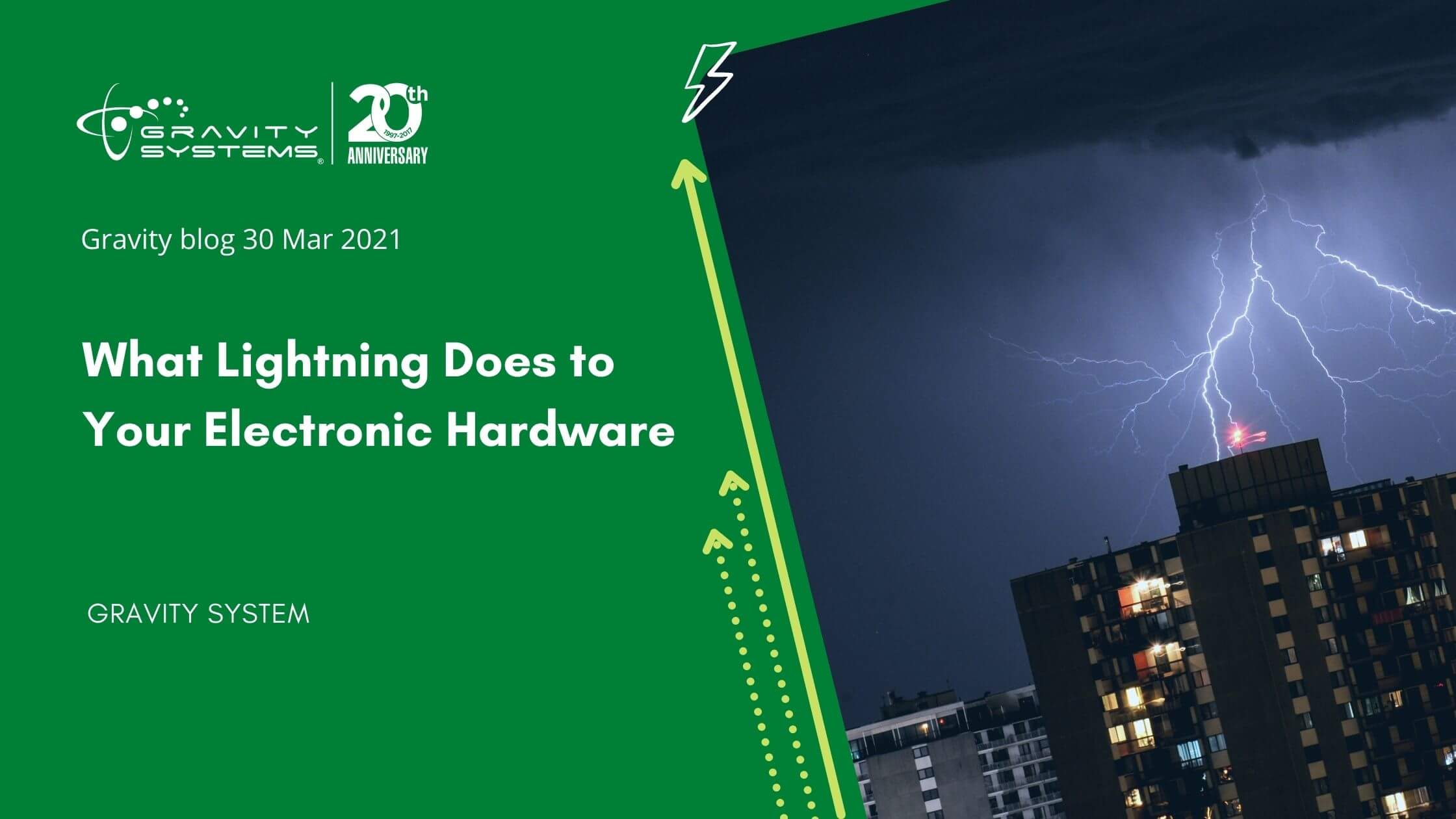April showers bring more than May flowers -- here in Texas, they can also bring ruinous storms, as in the recent epic string of thunderstorms that crossed the state. You probably saw the sky light up with countless blinding lightning bolts and/or noticed astonishing displays of lightning activity on the weather radar maps. Hopefully, your business’s electronics made it through the battle unscathed. Even so, you need to understand exactly what lightning can do to those electronics, and what you can do to protect that investment.
.jpg?width=2240&name=Google%20has%20Competition%20(1).jpg)
Your standard North American electronic devices are rated for 120 volts, with a maximum headroom of 169 volts. A major lightning strike creates an electromagnetic pulse that may send millions of volts into a building’s electrical panel, wiring system, and any connected devices, frying them instantly. No ordinary surge protector or line conditioner can do anything to prevent this damage. Integrated circuits and other minitiurized components are especially vulnerable to failure.
The first thing you should do to protect your entire building is make sure your facility has sufficient protection from lightning rods that can divert strikes away from it altogether. Since some strikes may get through anyway, you also need to have a lightning arrester or surge arrester installed in your electrical panel. This device protects both the circuit and any devices attached to the circuit. Just in case your power goes out suddenly, you should connect your electronic hardware to a UPS (universal power supply). This component can feed battery power to your hardware long enough for you to shut it down safely.
If the most recent electrical storms left you rattled, go with that feeling and contact your Austin tech support experts at Gravity Systems. We can evaluate your needs, provide you with UPS devices, and replace any components you’ve already lost to Mother Nature!




